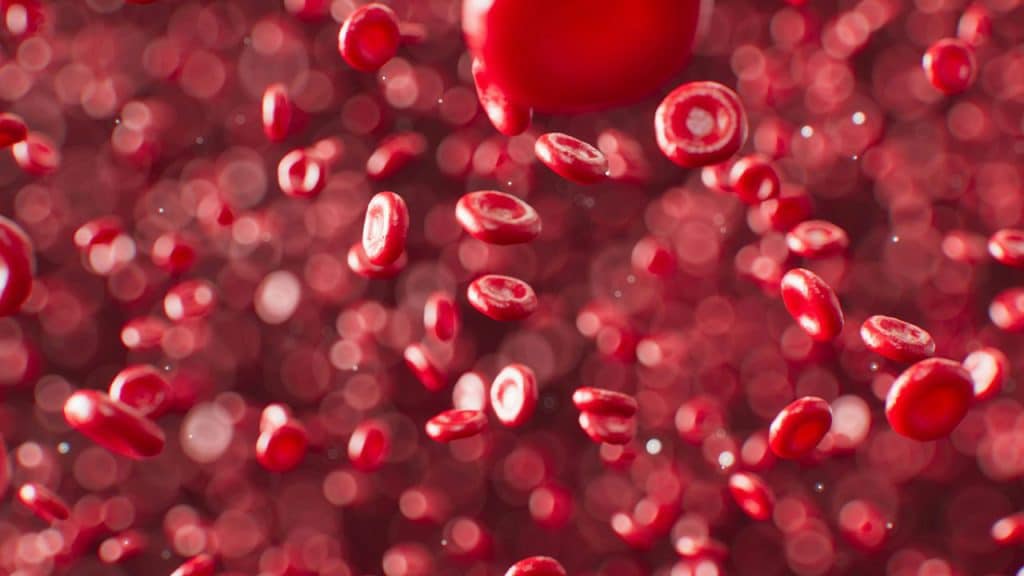Cells serve many different roles in the body and can come in many forms. When we talk about longevity, we tend to talk about senescent cells, or those that deteriorate and malfunction as they age. Now researchers are investigating the opposite: cells that last longer than others and have regenerative properties (https://longevity.technology/news/new-insights-into-the-longevity-of-blood-stem-cells/).
The cells we’re talking about are hematopoietic stem cells. You’ve probably encountered the idea of stem cells before. They’re the ones that have yet to be designated for a specific role and therefore have the potential to turn into anything. Hematopoietic may be a bit more unfamiliar, but it means these particular stem cells, usually found in bone marrow, are the ones that will turn into blood cells.
Now, we produce around two million red blood cells in a single second. That means hematopoietic stem cells need to be working pretty much constantly. And they do. Unlike many cells, they don’t die or disappear. They can stay dormant for a long time, but they continue to perform as needed for as long as you’re alive.
This is the kind of fact that interests scientists. If they can figure out how hematopoietic stem cells endure, they might be able to apply those principles to other cells that do suffer the effects of aging. Researchers at Baylor College of Medicine in Texas may have found an answer, and it’s a protein called cyclophilin A.
It’s not uncommon for cells to accumulate used up proteins as they age. When these proteins misfold, they can become toxic and cause various issues. This process can be diluted if the cell regularly divides, but division is rare in hematopoietic cells. They do, however, contain a large amount of cyclophilin A, which is known as a “molecular chaperone” because of its ability to impact the structure of other proteins.
When the researchers studied the amount of and mechanisms of the different proteins in the cells, they found that cyclophilin A had a stabilizing effect on so-called “intrinsically disordered proteins” and allowed them to perform their normal roles without accumulating and becoming toxic.
Future research may further investigate the importance of structurally diverse proteins in mitigating cell aging, the potential benefits of increasing cyclophilin A levels, or even how to boost performance in other long-living cells and stem cells.




